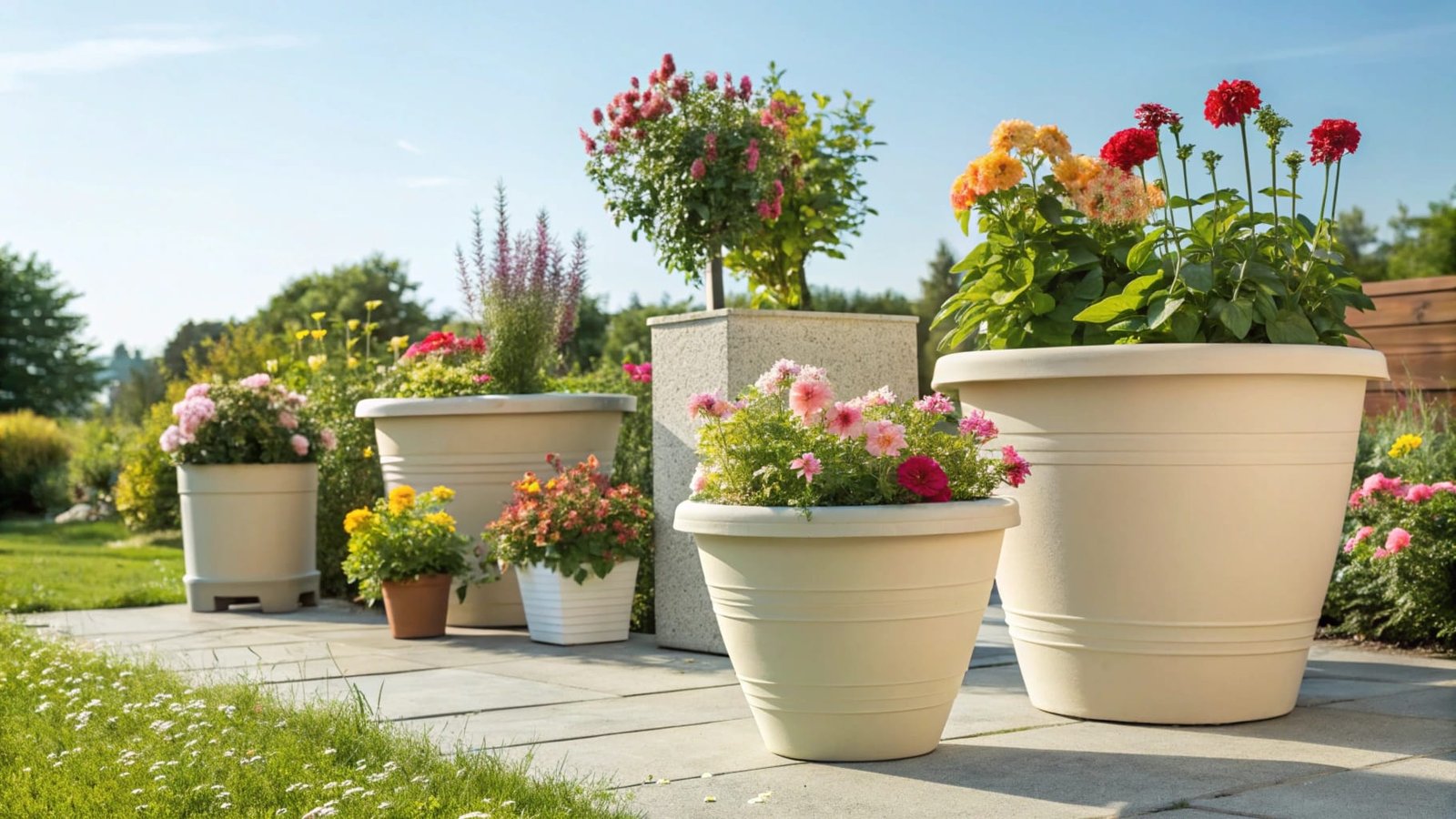
Plastic flower pots offer a variety of advantages to gardeners, from better root health to easier maintenance. But do they really live up to the hype? Let’s find out.
Plastic flower pots are popular due to their affordability, durability, and ease of use, but can they help your plants thrive?
Plastic flower pots are more than just a convenient choice for gardeners. They provide numerous benefits that can improve the health of your plants and save you time and money. Read on to explore how these pots make a difference.
Can plastic flower pots help reduce plant stress?
Plastic flower pots can play a significant role in reducing plant stress by creating a stable and controlled environment for your plants' roots.
Plastic pots offer a more consistent environment for roots, reducing temperature and moisture fluctuations.
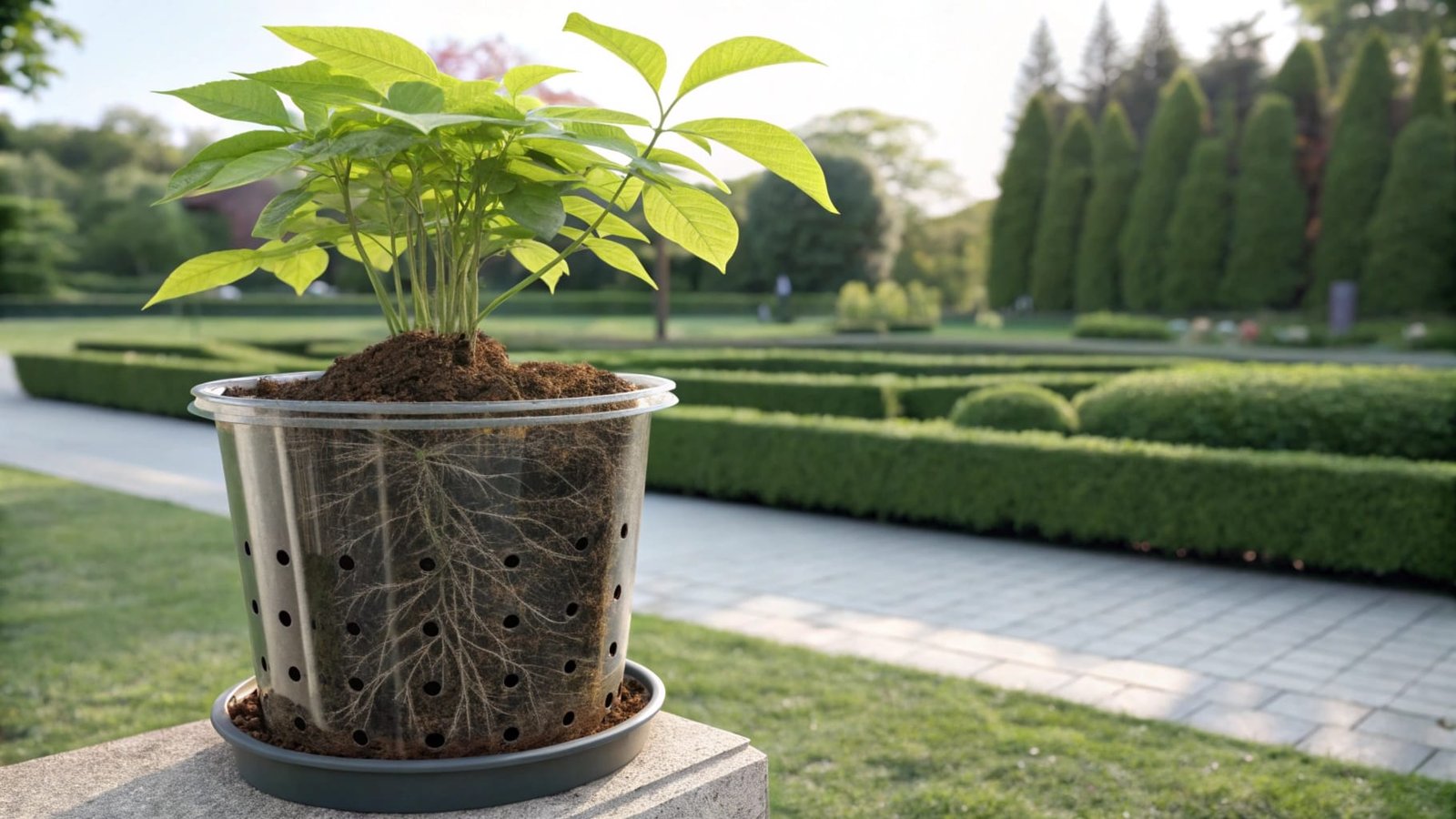
When it comes to plant health, reducing stress is essential for strong growth. One of the biggest factors that can stress plants is environmental inconsistency, especially with temperature and moisture. Traditional materials like clay or ceramic tend to heat up quickly, making the roots too hot during summer months and too cold in winter. Plastic pots, on the other hand, provide better insulation for plant roots, keeping the temperature more stable.
How plastic pots protect roots from stress
Plastic pots are lightweight, so they are easier to move around, which is important when you need to control the amount of sunlight or shelter a plant gets. This mobility is especially useful for sensitive plants that are affected by temperature extremes.
Additionally, plastic pots are less porous than other materials, which helps retain moisture longer. This can be crucial during hot spells, as it prevents the soil from drying out too quickly. By maintaining a steady moisture level, you reduce the risk of underwatering or overwatering, both of which can stress plants.
In terms of protection from external elements, plastic pots also protect roots from sudden temperature shifts. Unlike clay pots, which can absorb and radiate heat, plastic pots help prevent temperature shock, keeping the plant's environment more consistent.
The importance of root health
Roots are the foundation of a plant's health. Healthy roots mean better nutrient absorption, which translates into stronger, more vibrant plants. Stressful conditions, such as fluctuating moisture or temperatures, can limit root growth and reduce a plant’s ability to take up nutrients effectively. By using plastic flower pots, you provide your plants with a more stable environment, reducing the chances of stress-related growth issues.
Root Stress and Growth Challenges
When roots are exposed to harsh conditions—whether it's sudden temperature fluctuations, inconsistent moisture levels, or physical damage—they struggle to perform their primary function: absorbing nutrients and water. Stress can cause roots to shrink, deform, or even die. As a result, the plant struggles to survive, showing signs such as wilting, yellowing leaves, and stunted growth.
With plastic pots, plants are better able to tolerate challenging conditions, helping them grow strong and healthy. This is especially beneficial for indoor plants, which are often exposed to less consistent environmental factors, such as varying indoor temperatures and light levels.
Do plastic flower pots provide better insulation for plant roots?
Plastic flower pots offer excellent insulation, which is essential for maintaining the health of plant roots. The material helps to stabilize the temperature, ensuring roots stay cool during summer and warm during winter.
Plastic pots maintain a more consistent internal temperature compared to other materials.
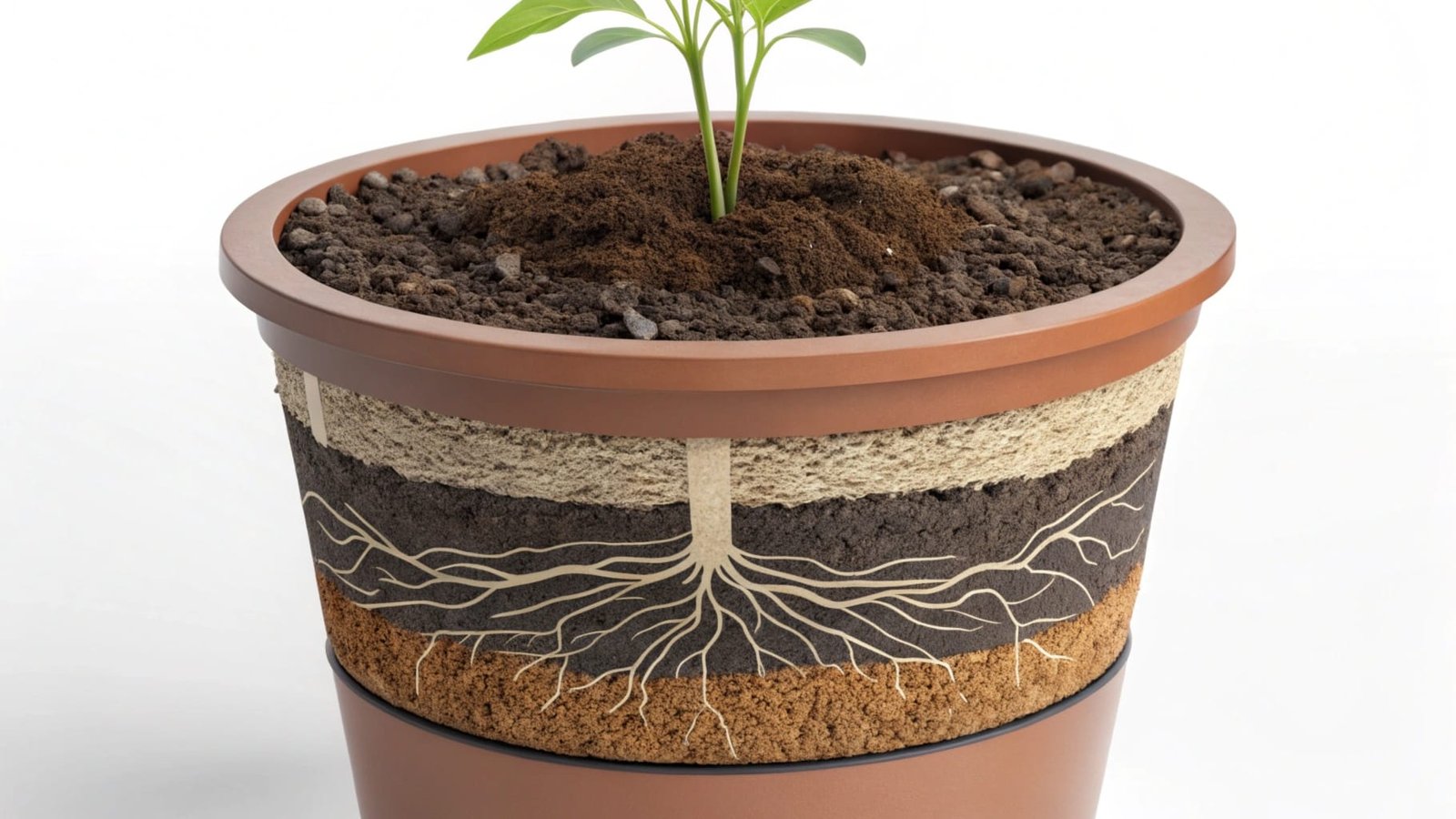
Insulation is one of the most important factors to consider when choosing a flower pot. If the temperature around the roots fluctuates too much, it can cause stress, stunted growth, or even root damage. One of the major advantages of plastic pots is that they provide superior insulation compared to materials like clay, terracotta, or ceramic. These materials tend to absorb heat, which can lead to drastic changes in temperature that affect the plant’s roots.
How plastic pots help maintain stable temperatures
The plastic used in flower pots is not porous, which means it doesn’t absorb moisture or heat. This helps keep the internal environment of the pot relatively constant. In the summer, when outdoor temperatures soar, plastic pots help keep the roots cooler, preventing the soil from drying out too quickly. In the winter, they provide an additional layer of insulation, keeping the soil temperature warmer than the surrounding air, which is crucial for plants that don’t tolerate frost well.
This insulation quality can be especially beneficial for plants in containers that are kept outdoors. Whether it’s a hot, dry summer or a cold, damp winter, plastic pots give your plants a fighting chance against extreme temperatures.
Why insulation matters for plant roots
Roots are sensitive to temperature changes. When they are exposed to extreme heat or cold, they can suffer damage, which can stunt growth or even kill the plant. Insulation helps to prevent these extremes, giving your plants a stable environment where they can thrive.
Furthermore, insulation protects the root zone from dehydration. During hot spells, the soil in a plastic pot stays moist longer than soil in clay or ceramic pots. Similarly, in colder months, plastic pots prevent the soil from freezing too quickly, which can protect delicate roots from frost damage.
Temperature Regulation and Growth Speed
In addition to protecting roots from damage, temperature regulation plays a key role in promoting healthy growth. Plants that experience optimal temperatures—neither too hot nor too cold—can allocate more energy toward growth instead of survival. This means that plants in plastic pots are likely to grow faster, produce more flowers or fruit, and exhibit overall better health than those in pots made from less insulating materials.
Are plastic flower pots more durable than other materials?
When it comes to durability, plastic flower pots are a standout choice. Unlike fragile ceramic or clay pots, plastic pots can withstand a range of environmental conditions without cracking or breaking.
Plastic flower pots are highly durable and can withstand harsh weather conditions.
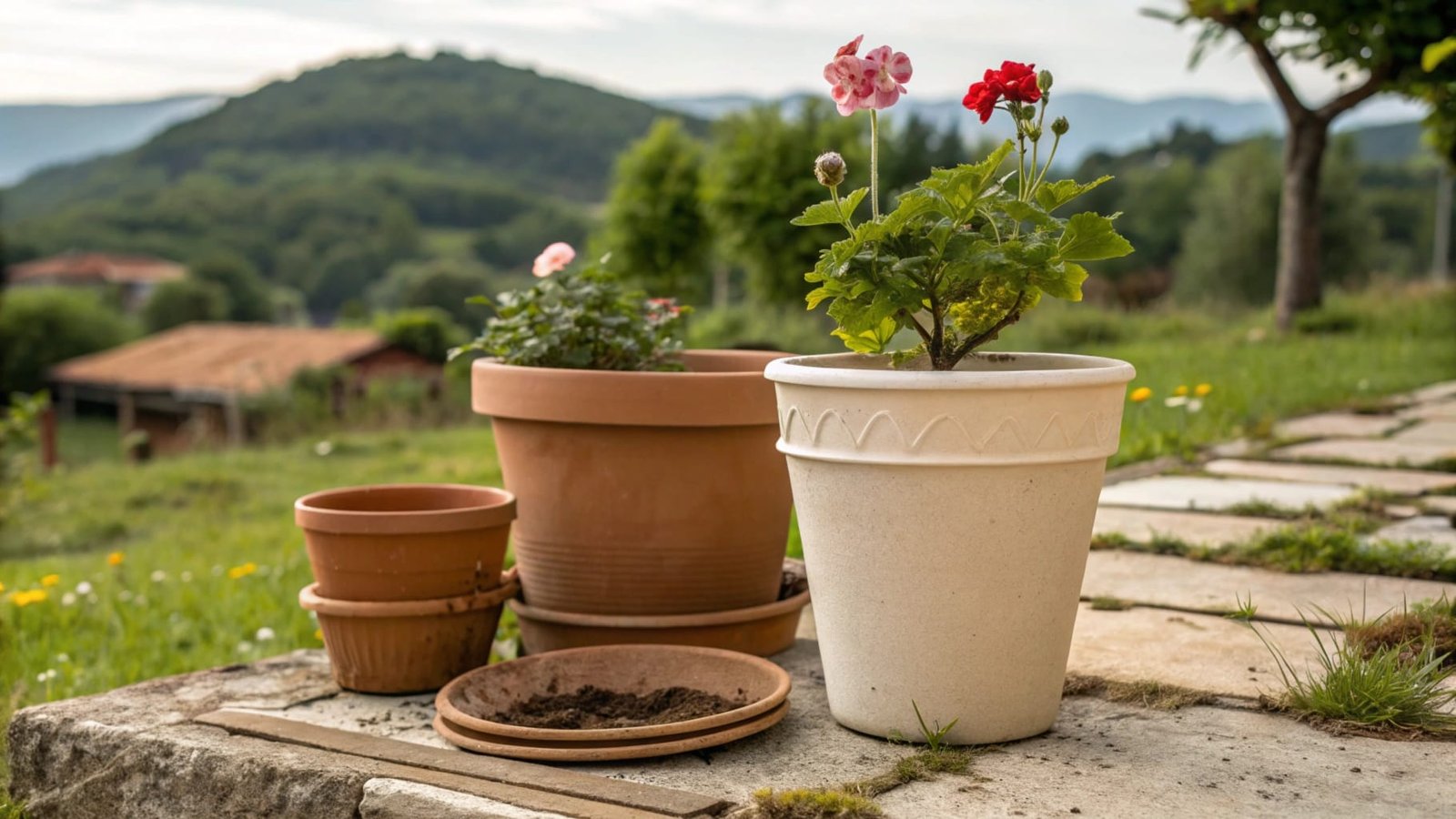
Plastic flower pots are known for their longevity. Whether exposed to heavy rain, snow, or direct sunlight, they will not crack, fade, or degrade as quickly as other materials like clay or ceramic. This makes plastic pots ideal for outdoor use, especially in regions that experience extreme weather.
How plastic pots outperform other materials
Plastic pots are incredibly lightweight compared to ceramic or terracotta pots, making them less likely to be damaged in high winds or heavy storms. Additionally, because plastic is flexible, it won’t shatter if dropped, unlike more brittle materials that can crack or break.
Plastic pots also resist fading from UV exposure better than other materials. Over time, sunlight can cause clay and ceramic pots to weaken and discolor, while plastic pots hold up much better under continuous exposure to sunlight.
Durability in different environments
Plastic flower pots are not only resistant to weather but also to the wear and tear of everyday use. Whether you’re moving your pots around to catch the sun or rearranging your garden, plastic pots are much more resilient than their ceramic counterparts. Plus, they are less likely to chip or break, making them ideal for gardeners with children or pets.
Lifespan of plastic pots compared to other materials
Plastic flower pots generally have a longer lifespan than other materials when subjected to harsh outdoor conditions. Here is a quick look at how plastic compares to other popular pot materials:
| Material | Durability | Resistance to Weather | Resistance to UV Light | Impact Resistance |
|---|---|---|---|---|
| Plastic | High | Excellent | Excellent | Very High |
| Ceramic | Moderate | Moderate | Poor | Low |
| Terracotta | Moderate | Good | Moderate | Moderate |
| Stone | Very High | Excellent | Good | Very High |
How do plastic flower pots compare in terms of cost?
Plastic flower pots are generally more affordable than pots made from other materials like ceramic, terracotta, or stone. This cost-effectiveness makes them an attractive option for gardeners on a budget.
Plastic pots are inexpensive, making them a budget-friendly option for gardeners.
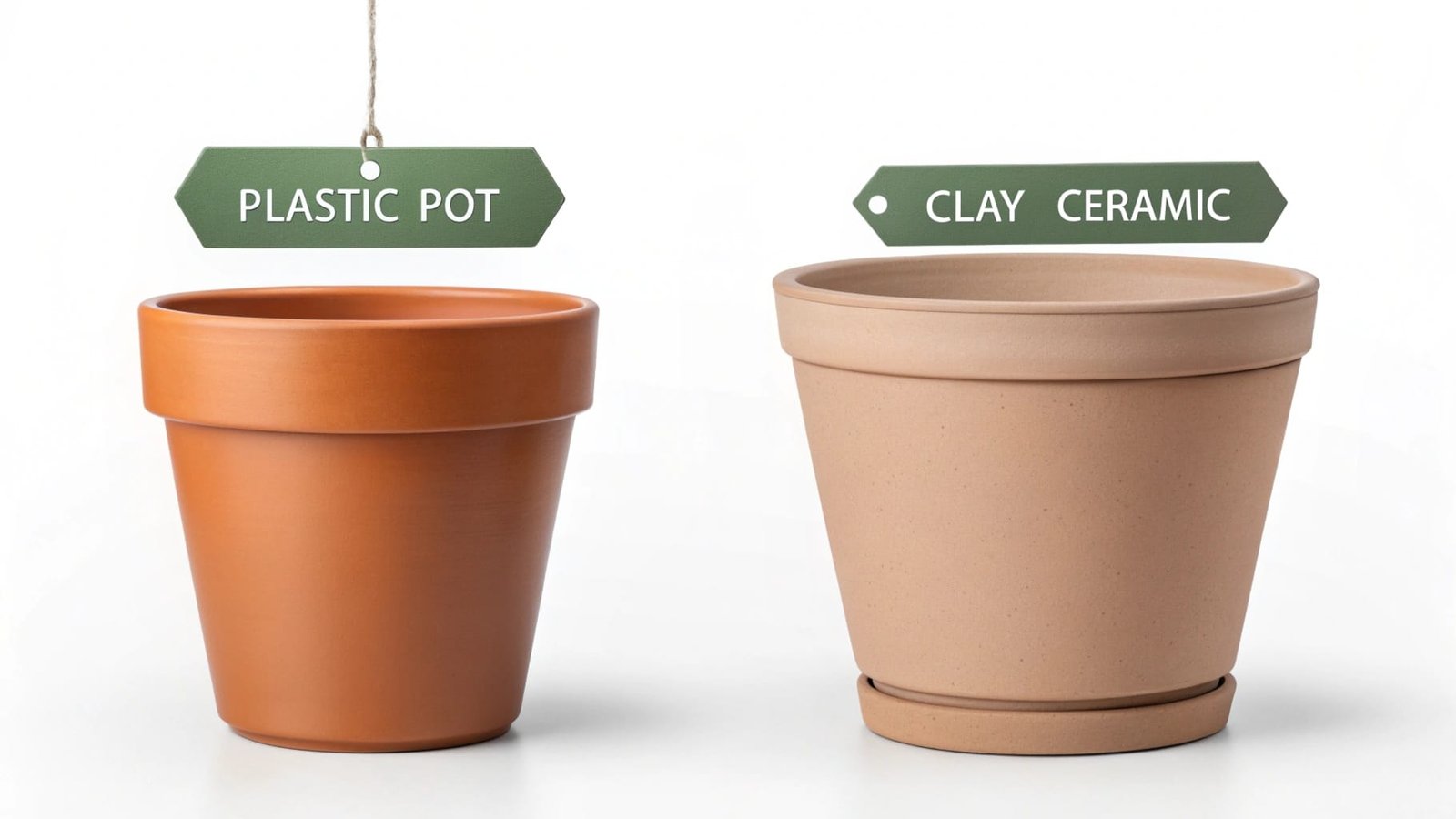
One of the main advantages of plastic flower pots is their low cost. While ceramic, terracotta, and stone pots can be quite expensive, especially for larger sizes, plastic pots are usually a fraction of the price. This allows gardeners to purchase a variety of pots without breaking the bank.
The financial benefits of plastic pots
For those who have a large garden or need to repot plants frequently, plastic pots offer significant savings. The affordability of plastic pots means you can buy more pots at once, saving time and money. In addition, plastic pots are widely available, making it easy to find the exact size and style you need.
In terms of cost-per-use, plastic pots also tend to last longer than cheaper alternatives. While some materials may degrade over time, plastic pots resist weather damage and maintain their appearance for years. This makes them a better long-term investment for gardeners who want a low-maintenance, cost-effective option.
Cost comparison with other materials
Here’s a basic comparison of the cost of plastic flower pots versus other common materials:
| Material | Average Cost per Pot (Small Size) | Durability | Weight | Aesthetic Appeal |
|---|---|---|---|---|
| Plastic | $2 - $5 | High | Light | Basic |
| Ceramic | $10 - $20 | Moderate | Heavy | High |
| Terracotta | $5 - $15 | Moderate | Medium | Medium |
| Stone | $15 - $30 | Very High | Very Heavy | High |
Can plastic flower pots contribute to water conservation?
Plastic flower pots can help conserve water by retaining moisture more effectively than other materials. This ability is particularly beneficial for gardeners looking to reduce water consumption.
Plastic pots are better at holding moisture, reducing the need for frequent watering.

Water conservation is a priority for many gardeners, especially in areas facing drought or water restrictions. One of the reasons plastic flower pots are ideal for water conservation is their ability to retain moisture. Since plastic is less porous than other materials, it doesn’t let water escape as easily. This means the soil stays moist for longer periods, reducing the need for frequent watering.
How plastic pots save water
Because plastic pots are less permeable, they help create a microenvironment that retains moisture. This is particularly helpful for plants that require consistent watering but can be prone to root rot if their soil becomes waterlogged. The water retention abilities of plastic pots also mean that you don't have to water as often, which can be a significant advantage in areas with water restrictions.
In addition, the insulation properties of plastic pots can also help maintain moisture levels. The pots keep the soil cool, reducing evaporation and keeping the water where it’s needed most—around the plant roots.
Water conservation benefits for gardeners
For gardeners looking to conserve water, plastic flower pots are an excellent choice. They can help reduce water consumption by maintaining a stable moisture level in the soil. This not only saves water but also improves plant health, as it ensures plants get the water they need without the risk of overwatering.
Conclusion
Plastic flower pots offer numerous benefits, including better insulation, durability, affordability, and water conservation. These pots are a practical and cost-effective solution for many gardeners, providing plants with a more stable, stress-free environment while saving money and water.


